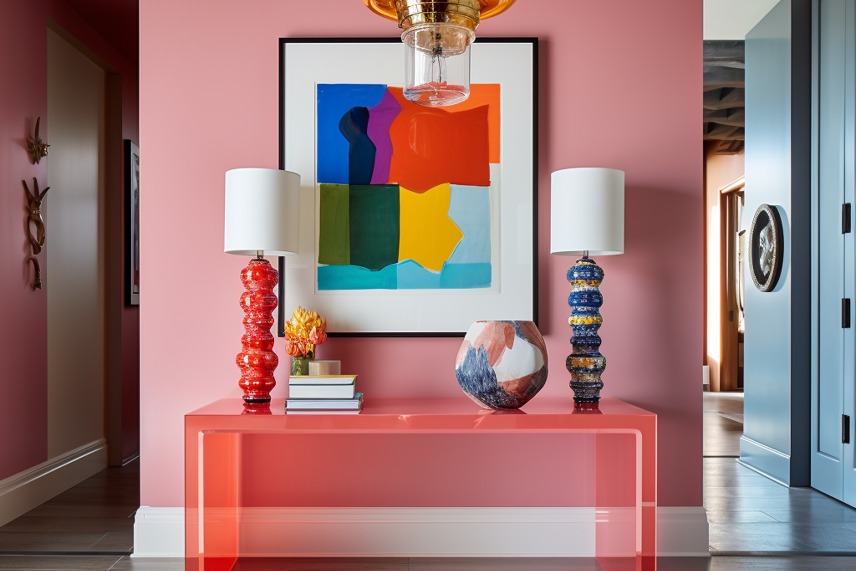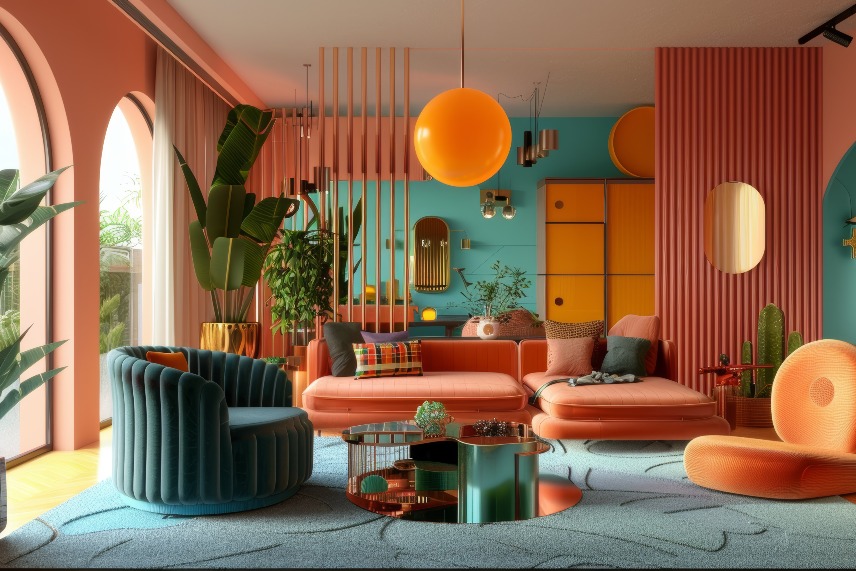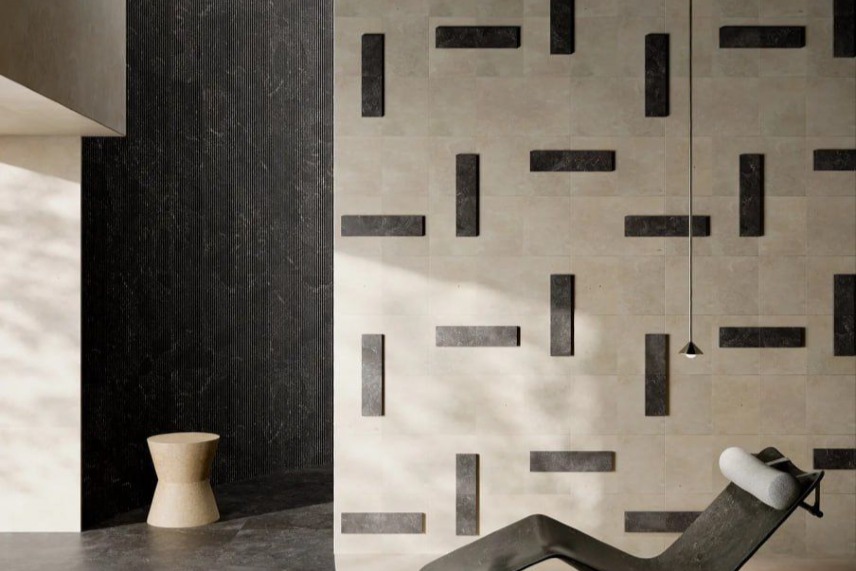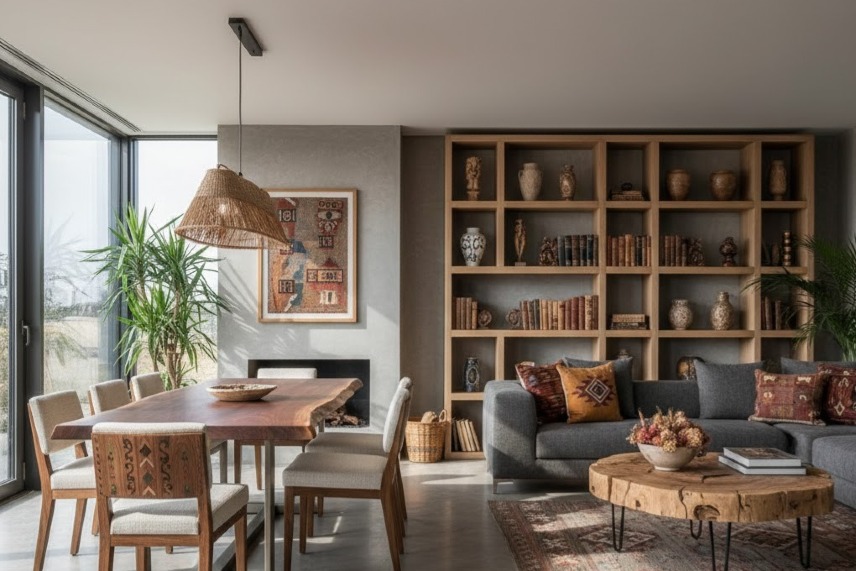- HOME PAGE
- / BLOG
BLOG
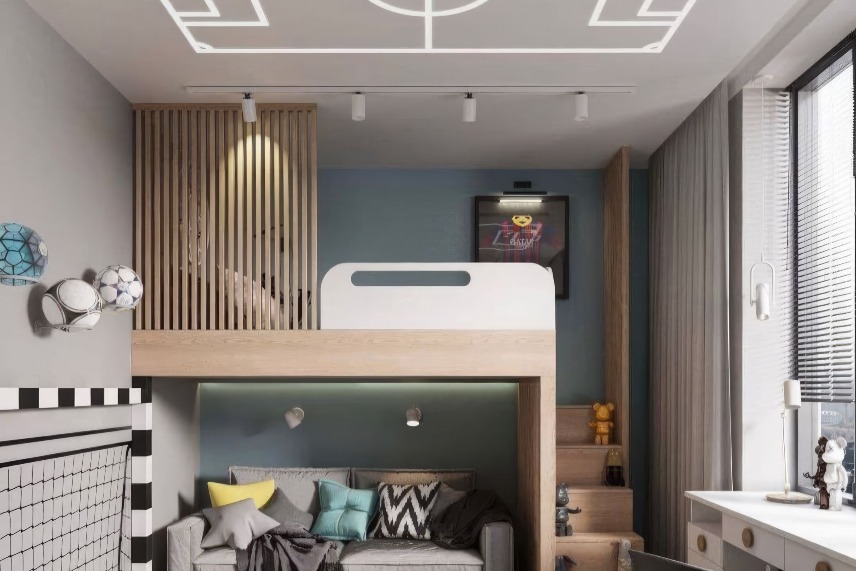
Functional Furniture Solutions: Making the Most of Your Space
Functional Furniture Solutions: Making the Most of Your Space
In today’s urban world, space is not just a physical dimension — it’s a strategic resource.
With shrinking homes, growing needs, and evolving lifestyles, interior design has entered a new era where functionality takes center stage.
It’s no longer just about creating a visually pleasing environment; it’s about maximizing every square meter with intention and intelligence.
This is where functional furniture comes in — modular, versatile, and adaptive designs that match the rhythm of modern life while maintaining a sense of style and harmony.
The Transformation of Living Spaces: From Aesthetic to Efficiency
Once, the focus of interior design was purely visual balance.
Today, it’s about life balance.
People want their homes not only to look beautiful but also to serve multiple purposes — a place to live, work, create, rest, and connect.
One single space now performs multiple roles simultaneously.
This shift has redefined the designer’s approach.
Aesthetics must now coexist with usability, and comfort must meet adaptability.
A living room can become an office, a guest room, or a studio — and the key to making that happen is functional furniture.
What Is Functionality? Not Just Practicality, but Smart Design
Functionality is often mistaken for mere convenience.
But truly functional design isn’t just about adding features — it’s about removing what’s unnecessary.
A table that doubles as storage, a sofa that transforms into a bed, or a shelf system that can be rearranged as needed — that’s where function becomes design intelligence.
Such furniture adapts to its user, not the other way around.
It evolves, it moves, it lives with you.
In other words, functional furniture is dynamic, not static.
Modular Design: The Architecture of Flexibility
Modular furniture is at the heart of functional design.
Composed of multiple independent pieces, modular systems can be configured, separated, or rearranged according to the user’s needs and the space’s constraints.
A modular sofa, for instance, can serve as a compact couch in a small apartment or expand into a sectional layout for larger spaces.
The same logic applies to modular shelving and cabinetry systems, which adapt to both home and office environments.
The goal is not to make the user fit the furniture — but to make the furniture fit the user.
Multifunctional Furniture: One Object, Many Lives
In modern life, space is as valuable as time.
That’s why having one piece of furniture perform multiple tasks is no longer a luxury — it’s a necessity.
- Folding dining tables save space when not in use.
- Storage beds maintain order in small homes.
- Convertible desks create flexible work zones for home offices.
- Nesting coffee tables double as side tables or seating when needed.
When multifunctionality meets minimalist design, the result is clarity, comfort, and flow — less clutter, more life.
The Hidden Hero of Design: Smart Storage
Functional furniture is the art of hiding utility within beauty.
In modern interiors, “invisible storage” has become a defining trend.
This means that furniture doesn’t just serve on the surface level — it also optimizes internal volume intelligently.
Under-bed drawers, staircase storage, and wall-integrated shelving units are key examples.
These solutions create visual calm and mental order.
The foundation of this idea is spatial awareness — a design approach that appeals not only to the eye but also to the mind.
Small Spaces, Big Ideas: The Smart Face of Minimal Living
We live in the age of “small but smart” spaces.
Studio apartments, tiny houses, and multipurpose living areas have redefined what comfort means.
In such environments, functionality becomes the designer’s greatest creative challenge.
Foldable beds, vertical storage units, movable partitions, and layered surfaces — all expand the usability of compact rooms.
These solutions are not about compromise but optimization.
They reflect a lifestyle that values freedom, efficiency, and simplicity.
Ergonomics: The Balance Between Body and Furniture
Functionality is not only about versatility — it’s also about ergonomics.
Every design element must align with human behavior and comfort.
The height of a desk, the curve of a chair, the reach of a cabinet — all determine how intuitively we move through our space.
Ergonomic furniture promotes long-term health and comfort.
A well-designed chair doesn’t just allow sitting; it supports healthy sitting.
True functionality always begins with the human body at the center.
Sustainability: The Quiet Principle Behind Functional Design
By nature, functional furniture is sustainable.
Because it’s designed to last longer, adapt over time, and reduce waste.
Modular systems allow parts to be replaced or updated without discarding the entire unit.
That means fewer resources used, less production waste, and a smaller carbon footprint.
When combined with recycled materials, FSC-certified wood, low-VOC paints, and ethical manufacturing, functionality becomes not only practical but responsible.
Smart design is sustainable design.
Integration with Technology: The Era of Smart Furniture
In 2025, functional design is increasingly digital.
Wireless charging coffee tables, motion-sensor lighting, voice-activated cabinetry — the line between technology and furniture is blurring.
The “smart home” has evolved into a smart living experience.
Technology adds not just convenience, but efficiency.
A coffee table is no longer just a table; it’s a charging hub, a lighting system, even a hidden storage module.
Design and technology now coexist as partners in creating adaptive spaces.
The Aesthetic Dimension: The Beauty of Function
Functional design is not the opposite of beauty — it’s its most subtle form.
Clean lines, hidden hinges, smooth transitions, and tactile materials turn simplicity into sophistication.
These details remind us that design is not just technical; it’s emotional craftsmanship.
The best designs don’t shout; they whisper comfort and intention.
They invite calm, flow, and usability — transforming daily life into an effortless experience.
Conclusion: Functionality Is the New Luxury
In today’s world, luxury no longer means excess — it means intelligent harmony.
Functional furniture elevates life by simplifying it.
Less furniture, more space.
Less chaos, more clarity.
This philosophy is shaping the future of interior design.
Functionality is no longer an option or a trend; it’s a mindset.
Because great design doesn’t just decorate life — it enhances and empowers it.


